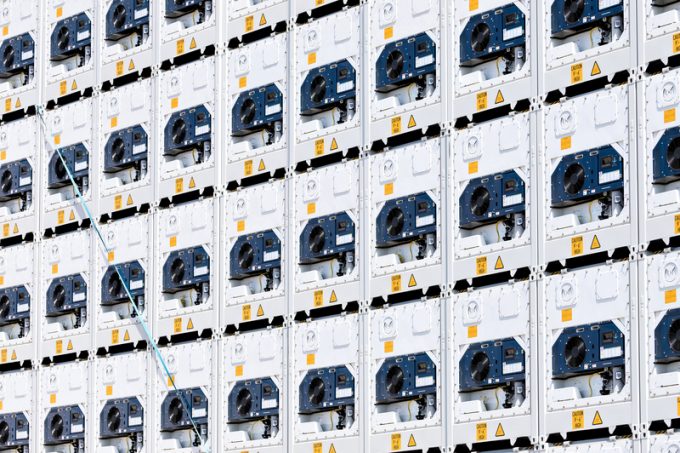Gemini partners on the hunt for scarce chartered tonnage
Pacific International Lines (PIL) has chartered one of its ships to Hapag-Lloyd for three years, ...

Concerns over a shortage of reefer containers are still riding high, amid fresh warnings that supply is due fall well short of demand towards the end of the year, and into 2020.
The warning came from global head of seafreight reefer logistics at Kuehne + Nagel Frank Ganse, while Thomas Eskesen, founder of Eskesen Advisory, also envisages no improvement next year.
He pointed to the fact that orders for new reefer containers currently stand at about 60,000 – against a need for 140,000.
The ...
'Disastrous' DSV-Schenker merger would 'disrupt European haulage market'
New senior management for DSV as it readies for DB Schenker takeover
Volumes set to 'fall off a cliff' as US firms hit the brakes on sourcing and bookings
Asian exporters scramble for ships and boxes to beat 90-day tariff pause
Amazon pushes into LTL for small package fulfilment and UPS does a u-turn
Temporary tariff relief brings on early transpacific peak season
Pre-tariff rush of goods from US to China sees air rates soar, but not for long
Forwarders 'allowing the fox into the chicken run' by supporting 'hungry' carriers

Comment on this article